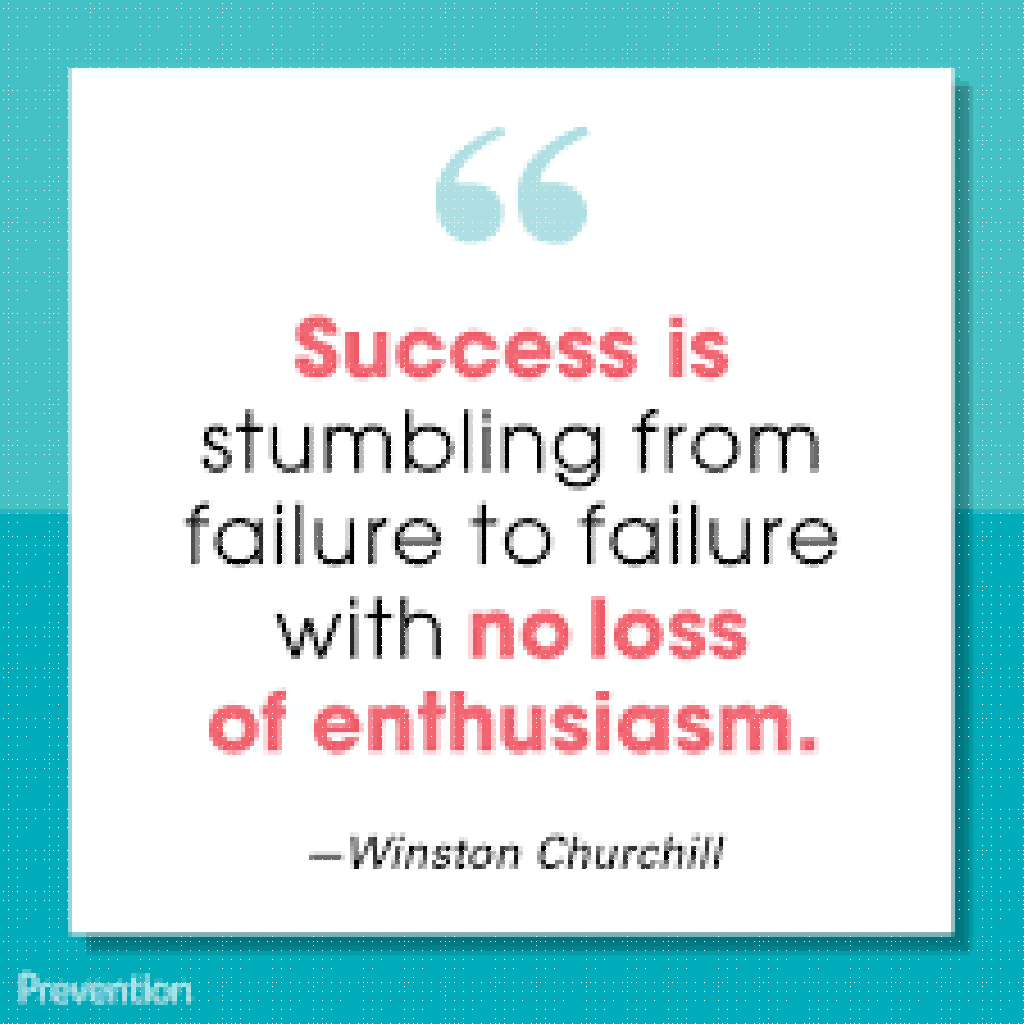Key Takeaways:
- A solid vision and strategy are fundamental for entrepreneurs seeking to navigate the complexities of the business landscape.
- Understanding different business structures is crucial for entrepreneurs to effectively manage risk and maximize customer value.
Understanding the Power of Vision and Strategy in Entrepreneurship
In the modern business landscape, entrepreneurs face a plethora of challenges that require them to navigate the complexities of their environments skillfully. At the heart of entrepreneurial success lies two key components: vision and strategy. These elements not only shape the trajectory of an emerging business but also influence its risk-taking behavior, managerial skills, and overall structure. This article will explore how the relationship between vision, strategy, and risk can empower entrepreneurs to create effective customer value propositions.
Why is Vision Important for Entrepreneurs?
The concept of vision in entrepreneurship is fundamentally about establishing a clear, compelling direction for the future of a business. A strong vision serves as a beacon, guiding an entrepreneur’s decisions and actions over time. Entrepreneurs with a robust vision are better equipped to inspire their team, attract investment, and engage customers.
For instance, a well-defined vision can foster a sense of purpose within the business, encouraging employees to align with the long-term goals. This, in turn, enhances managerial skills as leaders become more capable of steering their teams toward achieving these goals. By investing time and energy into cultivating a comprehensive vision, entrepreneurs can set the stage for sustainable growth.
How Does Strategy Complement Vision?
While vision sets the destination, strategy maps out the route. Developing a winning strategy involves analyzing the internal and external environments in which the business operates and identifying the best course of action for reaching the envisioned future. This includes deploying managerial skills effectively, allocating resources, and establishing tactical objectives that align with the overarching vision.
The relationship between vision and strategy is symbiotic. Without strategy, vision remains an abstract concept; without vision, strategy lacks direction. Successful entrepreneurs understand that they must continuously refine their strategies based on feedback and changing market conditions. This adaptability highlights the importance of risk management.
How are Risk and Strategy Interlinked?
Every entrepreneurial venture inherently carries risk. Entrepreneurs must be willing to take calculated risks to achieve their vision, and this is where the robustness of their strategy comes into play. A well-outlined strategy allows entrepreneurs to identify potential risks and develop contingency plans. This proactive approach ensures that when risks materialize, businesses are better prepared to mitigate their impacts.
For instance, a startup aiming to disrupt an existing market may face scrutiny from competitors and regulatory bodies. By employing strategic risk-taking and thorough market research, entrepreneurs can anticipate challenges and position themselves to navigate through them effectively.
What Are the Different Types of Business Structures?
Understanding the various business structures is crucial for entrepreneurs as it shapes the foundation of their enterprise. Common types include sole proprietorships, partnerships, corporations, and limited liability companies (LLCs). Each structure has its own set of benefits and drawbacks, particularly in terms of liability, taxation, and fundraising capabilities.
Choosing the right structure influences not only managerial roles but also strategic partnerships and customer engagement approaches. For example, a corporation may opt for higher investment risks to expand its market share, while a sole proprietorship might prioritize personalized customer service.
How Do Customer Value Propositions Fit In?
At the heart of effective entrepreneurship lies the customer value proposition (CVP). A strong CVP articulates the unique benefits that customers can expect from a product or service and why it is preferable to competing options. Crafting a compelling CVP involves understanding customer needs deeply and aligning it with the business’s vision and strategy.
Entrepreneurs should leverage insights gained from customer feedback and market trends to refine their CVPs continuously. This iterative process enhances both customer satisfaction and loyalty, which are essential for long-term success.
In Conclusion: Creating a Cohesive Framework for Success
Entrepreneurs who master the interplay between vision, strategy, risk management, and customer value are better positioned to thrive in a competitive landscape. Vision provides clarity and direction, while strategy offers the roadmap to navigate uncertainties. By embracing a dynamic approach to business structures and value propositions, entrepreneurs can propel their ventures forward.
The relevance of effective managerial skills cannot be overstated. Equipping oneself with these skills ensures that businesses are not only capable of executing their strategies but also adapting to unforeseen challenges. As the entrepreneurial landscape continues to evolve, the importance of maintaining a clear vision and a robust strategy will remain paramount to achieving sustained growth and success.











